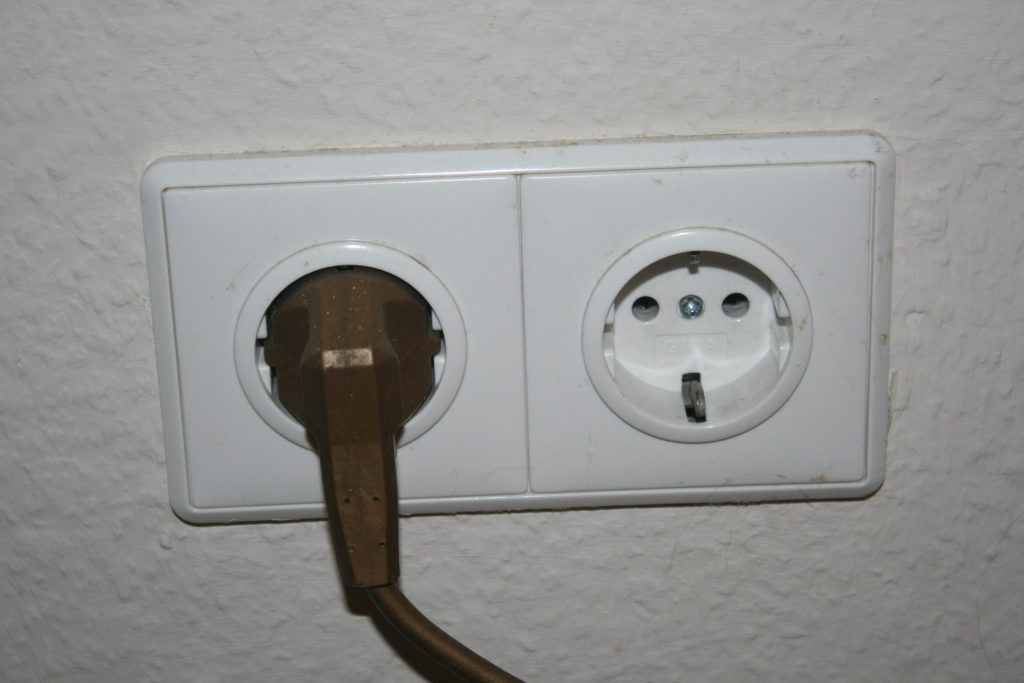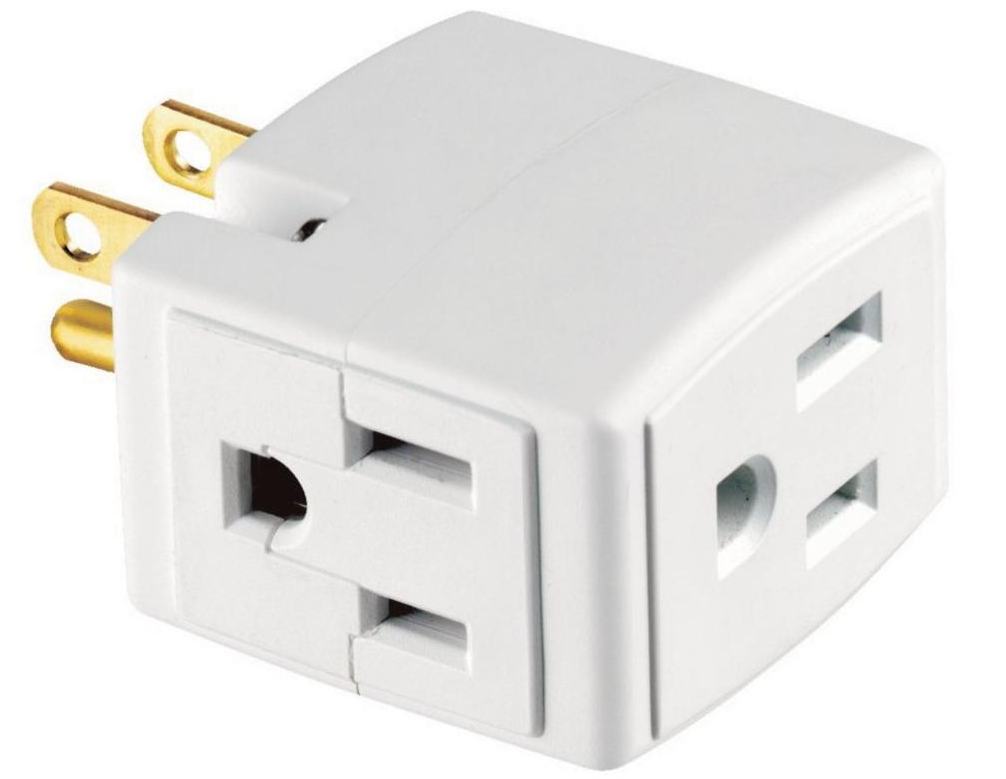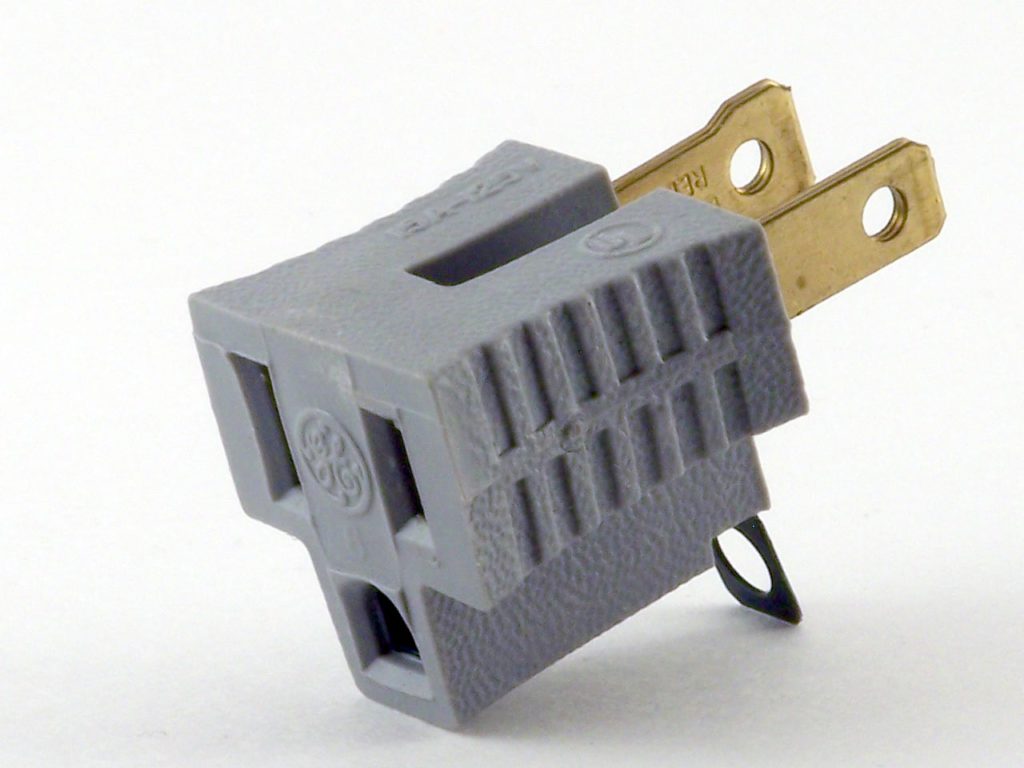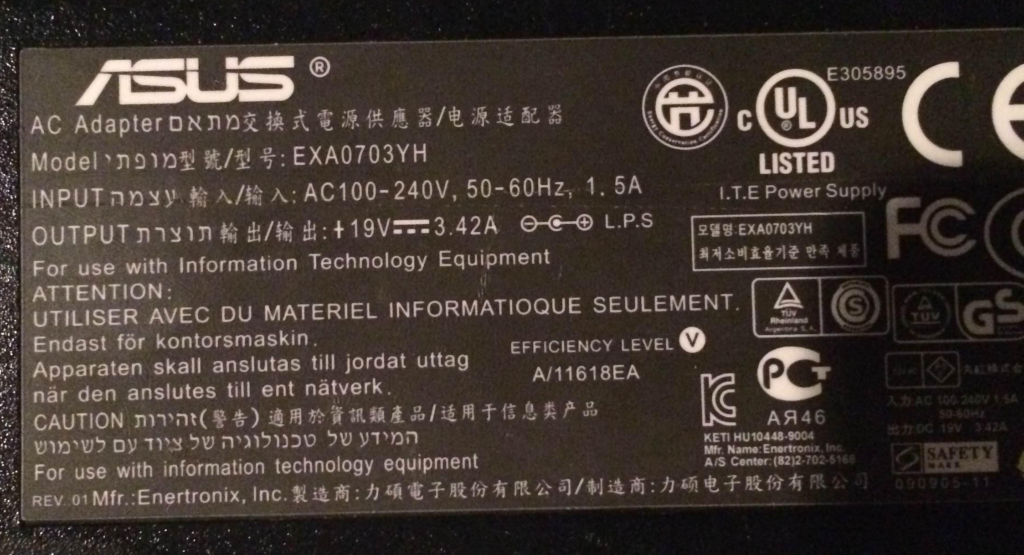It’s something that you might not think about when you’re booking a ticket overseas, but it’s really important: not every country uses the same type of plug that we use in North America. In fact, other countries don’t necessarily even use the same voltage! It ranges from as low as 110 volts in Japan, on up to 240 volts in most of the rest of the world. It’s a mixed bag in the Americas, with familiar plugs operating at 110 or 120 volts in the US, Canada Mexico, and most of Central America. Meanwhile, South America is split between US, European and a grab bag of other standards.

Check Before You Buy
There is no shortage of places to buy plug adapters online, and mercifully, I won’t bombard you with affiliate links to junk sites. Instead, check out the IEC World Plugs Reference, the world’s most authoritative source on which power is used in what countries. Use this reference to figure out what types of plugs are required in the country you’re visiting.
Most American travelers who need a plug adapter are visiting Europe. You can usually get away with only two adapters: Type C (Europe) and Type G (UK). However, I don’t like using Type C because it isn’t grounded. I do have a Type C adapter and will use it in a pinch, but I also carry a Type F adapter and it’s a relatively rare occasion that I can’t use it. Those rare occasions, however, are usually important ones which is why I carry both.
If you’re visiting other locations, just check to see what type of plug you need. China and Australia use the same plug type (it’s technically different but they’re interchangeable in practice), South Africa uses its own standard, etc.
The Cube Tap Hack
One of my favorite hacks is using a cube tap in combination with the international plug adapter, sometimes chained to a ground lifter.

Your plug adapter will typically come with a single universal or US-style plug on it. This is annoying if, like me, you travel with a laptop, cell phone and spare battery, all of which need to be charged at the end of the day. I bring along a cube tap and just plug that into the plug adapter, which gives me 3 US-style outlets. Don’t plug in stuff that draws a crazy amount of power or you’ll overload the circuit, but it’s fine for the typical assortment of consumer electronics.

One other item worth buying is a ground lifter, also known as a “cheater plug.” You can buy these in any local hardware store. If you look online, you might find a “non-polarized” version (if you look at the image above, the prong on the left is slightly wider than the one on the right; a non-polarized version will have evenly sized prongs). Non polarized ground lifters can be used in Japan as a plug adapter. The reason to buy this is so that if you’re stuck using a Type C outlet, you will have a way to plug your cube tap into it. Yes, this does result in a giant, Rube Goldberg stack of stuff hanging out of the outlet, and yes, you might need to put something underneath it to keep it from falling out of the wall. Don’t judge me.
Don’t Fry Your Stuff
If you haven’t heard the sizzle of electronics and seen a puff of smoke wafting gently from the general vicinity of your power outlet, you haven’t spent enough time abroad. It happens to all of us eventually. Here’s a quick crash course in how I avoid frying my stuff. Obviously, I am not responsible if you fry your stuff!

If you look at the picture of the above laptop power brick, you’ll see the part where it says Input. This is important! It will tell you the voltages for which the unit is rated to operate. This Asus power brick, like most laptop power bricks, is designed to work pretty much everywhere in the world. It operates from 100 to 240 volts, at either 50Hz or 60 Hz, and it draws 1.5 amps (this is useful because it helps you estimate how much power your stuff requires–everything you’re plugging in, all together, should not exceed 10 amps).
The Output section is less important. This simply represents what is coming out of the little round plug that goes into your laptop. That’s going to be consistent no matter what the input is. However, if you’re used to using your laptop in the US, your power brick will probably get a lot hotter when you use it in Europe. This is fine, and there’s nothing wrong with it, it’s just working harder than it normally does (because there is more work required to step down a higher voltage).
What if the Input section said 100 ~ 120v 50/60Hz? If you guessed “laptop smoke,” you guessed right! This would represent a power supply that is designed for use in Japan and North America only. While it’s exceedingly uncommon for this to be the case with laptops anymore, it’s not unusual for other devices to be incompatible with higher voltage power sources. Some common examples I have seen are monitors, Internet routers, and personal care devices (such as shavers). While you can buy step-down transformers that purport to reduce the voltage, in my experience, the only ones that work reliably enough to trust that they won’t fry my stuff are heavy commercial ones. These cost a lot and weigh even more. Whatever incompatible device you want to power probably isn’t worth the hassle.
Wrap-Up
It’s not the end of the world if you don’t have the right plug changer when you land abroad. They’re widely available and can be purchased in almost any luggage or electronics shop. However, why spend your limited time abroad chasing logistics that you could take care of beforehand? Leave the US with the right plug adapters and you’ll both keep your devices charged and happy, and save yourself a lot of time.
